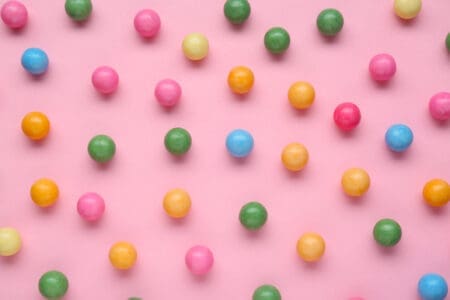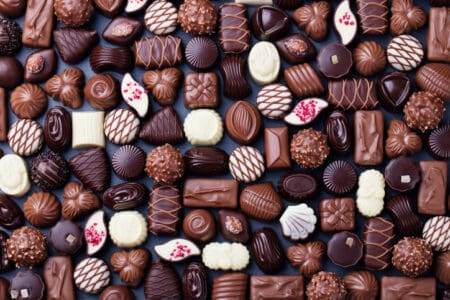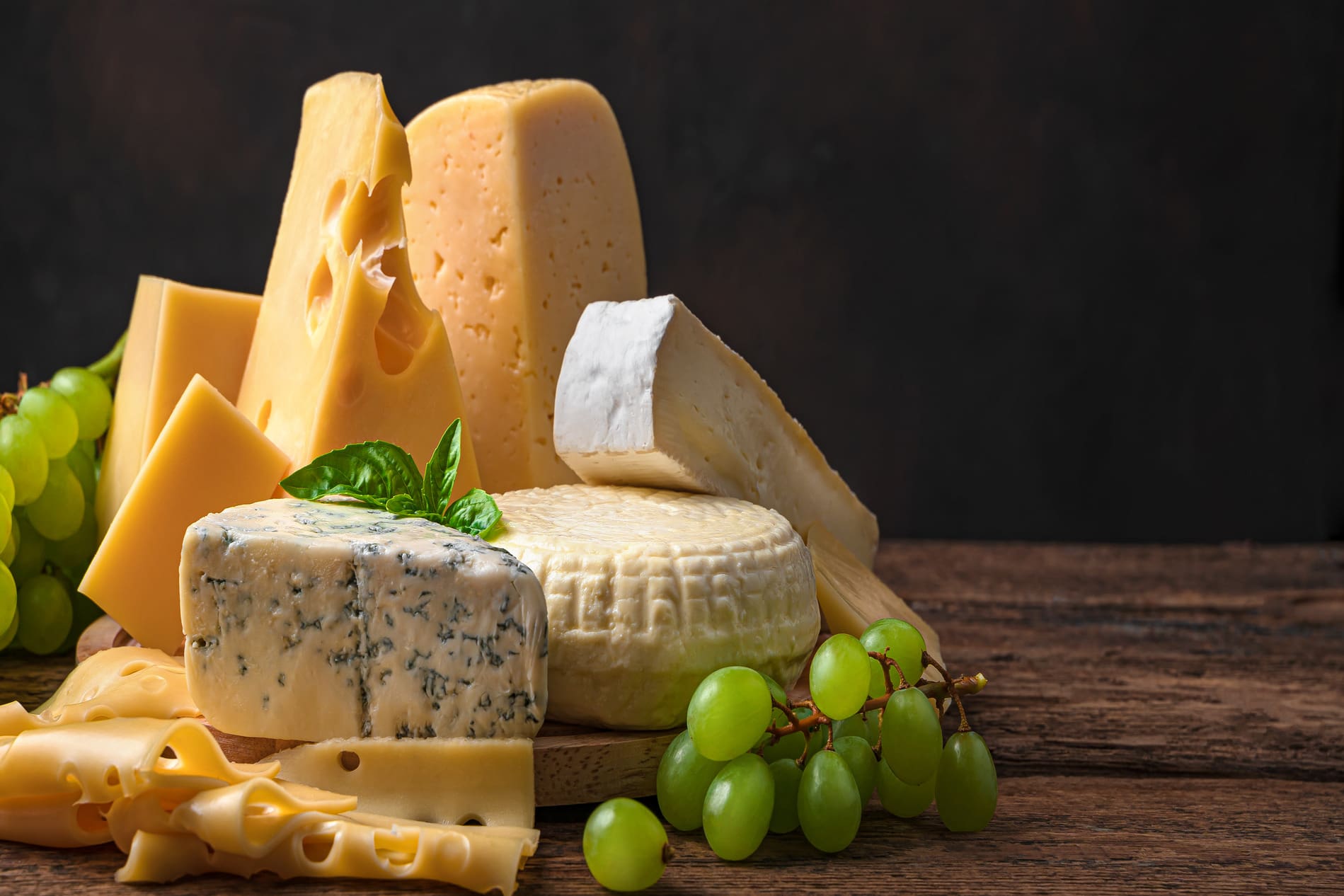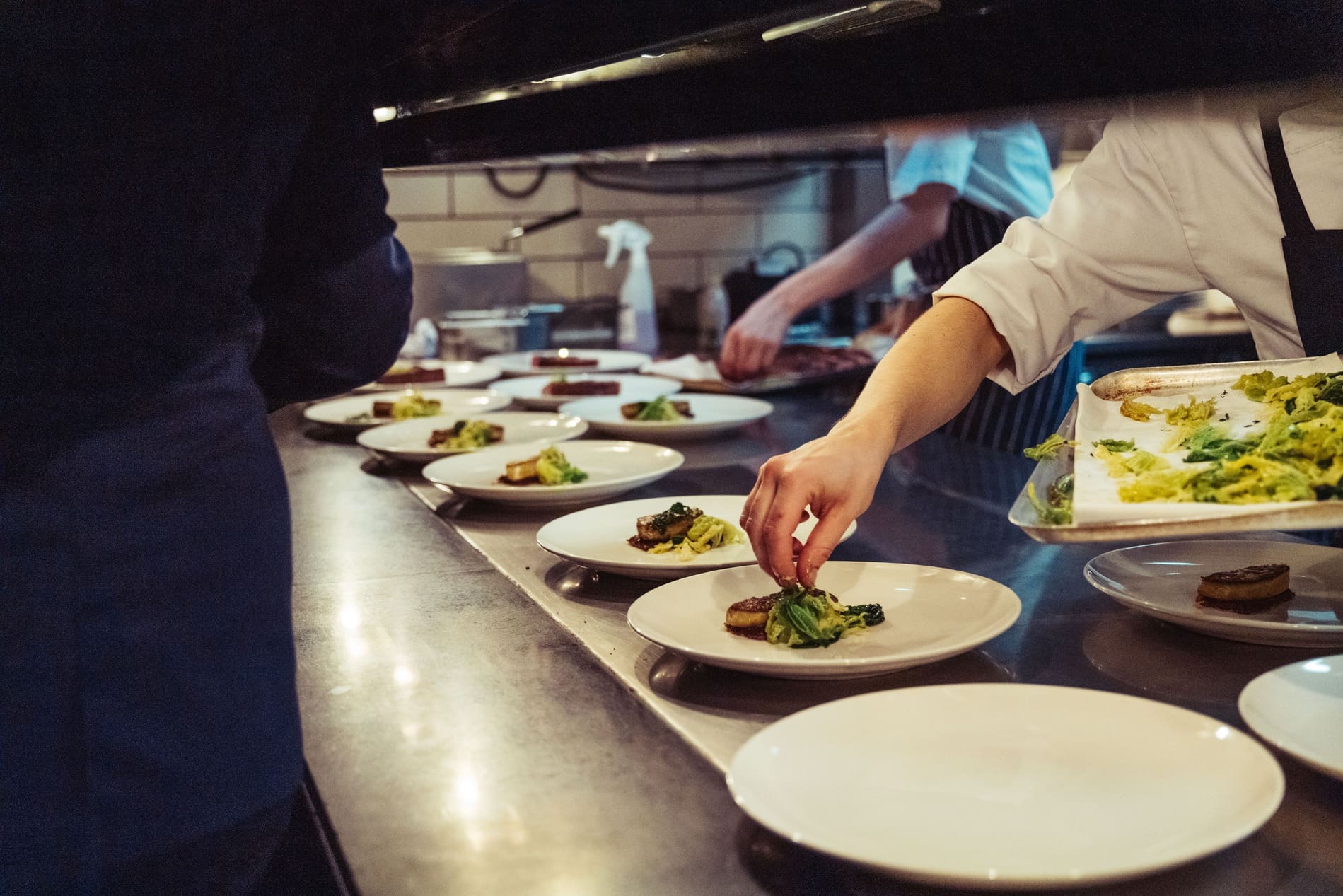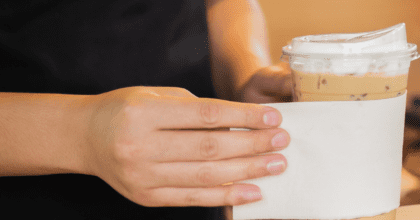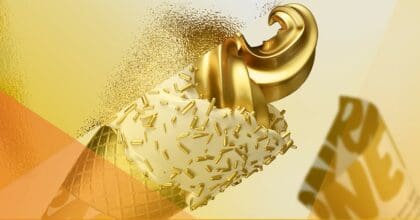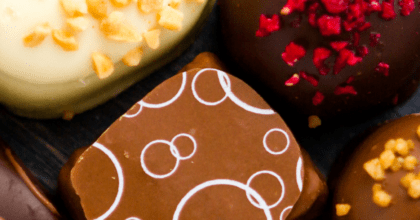To capture consumers’ attention with something new, food and drink brands can use something old.
Since the outbreak of COVID-19, consumers have become more mindful of their health, the definition of which has also been broadened to include wellness, such as mental, emotional, and spiritual health.
In connection with emotional wellness, Throwback Nostalgia has been identified as a Mintel trend. This no longer belongs just to those who have had a particular experience, but also consumers who are looking to have throwback experiences that existed for others, but they participate in for the first time. Interacting with the retro can help consumers create their own memories in the setting of another age.
In the light of global crises, such as the pandemic, followed by inflation, consumers are leaning on nostalgic brands to
- remind them of good times,
- and for reassurance regarding quality and taste.
The nostalgia focus on the “before years” – before the COVID-19 pandemic – stems from a retrospective perception of this period as a better time for many. This resulted in businesses across industries using nostalgia as a marketing tool, as evidenced by Spotify’s personalised 2000s playlist mixes, the huge successes of throwback shows like ‘Stranger Things’, or the global phenomenon of the ‘Barbie’ movie last summer that brought back childhood memories for so many.
Why is this important for consumers? Memory empowers people, and in select markets, such as the food and drink industry, a significant amount of consumers enjoy things that remind them of their past, making nostalgia, or the sentimental longing for the good times of an idealised past, a strong selling point. The reasoning behind it is that it evokes a sense of joy, and brings about a feeling of security that can even prompt consumers to buy one product over another. Especially in the context of enormous global changes and upheaval, being able to retreat into the memories provided by products that were well-established in the “before”, can be reassuring for consumers.
Take a trip down memory lane with us and find out why marketing nostalgia is a successful branding strategy, particularly for food and drink brands.
The Importance of Nostalgia in the Purchasing Process
Nostalgia plays a huge role in the customer’s purchasing journey, especially when buying sweets, as 76% of UK consumers are attracted to sweets that remind them of their childhood.
Eating sweets is all about taste. Long-standing and well-known brands such as Haribo, should focus on creating a positive emotional connection with consumers by engaging directly with them, or through creative marketing campaigns that highlight the taste and flavour of their products. Beyond that, emphasising the treat/comfort factor of confectionery will resonate with consumers, as many turn to chocolate and other sweets for comfort, making nostalgia particularly effective to appeal to comfort-seeking snackers. Considering that 2 out of 5 German consumers are interested in flavours that remind them of their childhood, the use of childhood sweets could encourage snack consumption and enable German consumers to indulge in the comforts of the past. This is in line with Mintel’s Flavour Trend Comfort of the Familiar, which explores the comfort provided by the familiarity of a specific flavour. Well-known snack brands have the opportunity to revive their classic products by applying the most popular flavours to new or old product concepts. For example, Ahoj-Brause combines two childhood classics – the sandwich ice cream and sherbert powder flavours.
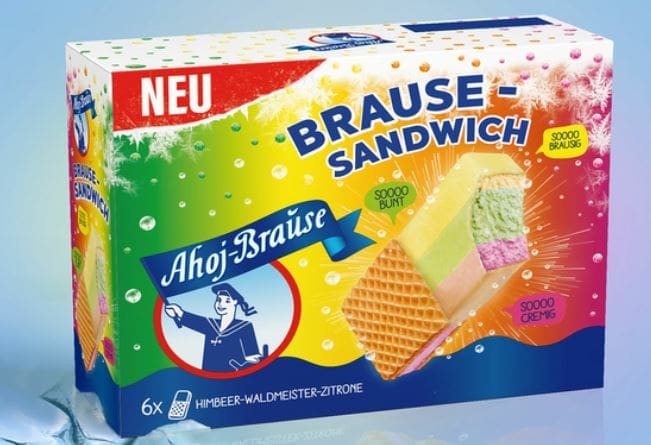
Ahoj-Brause Ice Cream Sandwich. Source: ahoj-brause.de
Flavours, textures, and aromas especially, continue to delight. Whether it is the preference for a nostalgic experience or an out-of-the-box sensation, consumers are driven to experiment with confectionery that offers a range of tastes. While many confectionery brands already focus on pleasure and enjoyment, there is room to launch limited-edition or throwback products to tap into the nostalgia marketing trend. The past continues to have a strong influence on consumers’ confectionery choice as products that provide nostalgic experiences remain popular, relying on their storied past to keep consumers loyal purchase after purchase. For example, in Canada, three quarters of confectionery consumers prefer chocolate and candy brands they grew up with. This behaviour can also be observed in the UK, Germany, and across other markets, like in the US where almost half of dessert and candy eaters like desserts that remind them of their childhood.
Marketing Nostalgia as a Mood Booster
Mintel’s research reveals that 76% of US consumers use sugar and gum confectionery as a mood improver. Millennials in particular seek food and drinks that blend fun with functional aspects, as they don’t want to feel like they’re making a sacrifice when making healthy food and beverage choices. Growing disruptive brands such as Olipop and OffLimits Cereal successfully combine better-for-you claims with fun flavours and branding that evokes a sense of nostalgia, thus speaking to Millennials as a target group, e.g. by utilising fun packaging designs that let Millennials relive their favourite childhood cereal memories.

OffLimits lead the way in nostalgia marketing with their colourful designs. Source: eatofflimits.com
Enjoyment through pleasurable food is also essential in the growing realm of self-care. While many confectionery brands already focus on pleasure and enjoyment, there is room to launch limited-edition or nostalgic products that create a feeling of familiarity among consumers, resulting in increased calmness and reduced stress.
How are Brands Tapping into the Nostalgia Marketing Trend?
Brands with a strong and nostalgic heritage offer a foundation for launching new flavours and formulations. While consumers may be interested in trying something new, they are often also reluctant to take a chance on a new flavour or format, especially when a purchase includes a financial risk. This is where heritage brands have the advantage of already being well known, thus providing financial security with more experiential purchases. They also offer a connection to a specific era or a sentiment for the romanticised past, an especially safe haven considering current global events. These brands should therefore capitalise on their reputation for traditional sweets, for example, by reviving retro flavours and adverts.
Many brands have already recognised the power of marketing nostalgia and are leveraging it to their advantage. Heritage brands’ steadfast popularity relies on their legacy, ensuring customers’ loyalty with 67% of German chocolate buyers saying that they like to eat the same chocolate products as they did when they were a child. Brands continue to tap into retro and nostalgia marketing to emphasise familiarity and pleasure, connecting their image with evocative elements from the past.
In the UK Frankie & Benny’s launched a ‘Bring It Back’ Spring Menu in April 2023, with dishes and prices from 2003. The menu was discounted by 20.03% for two weeks until May 2023, designed to appeal to cost-conscious diners amid the cost of living crisis. By using nostalgia as a marketing tool, Frankie & Benny’s can create emotional connections with their diners as people tend to look to the past for comfort against the backdrop of political turmoil and soaring, inflationary prices.
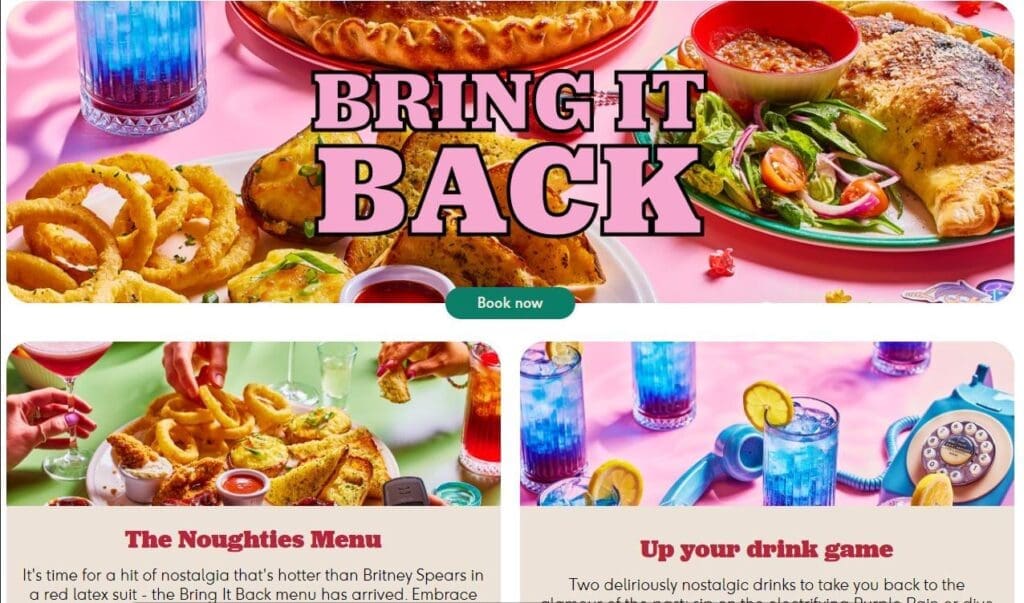
Source: frankieandbennys.com/bring-it-back
However, having a long-lived brand does not mean that a product needs to stay the same. In the UK Kellogg’s launched a twist on its classic ‘Crunchy Nut flakes’ in December 2022. By doing so, Kellogg’s simultaneously taps into the throwback nostalgia trend and into increasing demand for salted caramel options. Following this success, Weetabix’s Weetos also added a caramel flavour to its range because of its association with indulgence and nostalgia. On top of that, Weetabix also added a chocolate hazelnut variant to its pillow type ‘Melts’ breakfast cereal range this year, stating that consumers will associate chocolate hazelnut with memories of after-school snacks, thus evoking a sense of nostalgia.
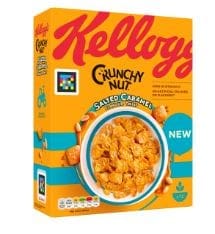
Crunchy Nut Salted Caramel Flavour Twist, source: kelloggs.co.uk
Opportunities surrounding nostalgia marketing go beyond relaunching old products, or re-introducing them with a modern twist. Marketing campaigns and a nostalgia theme around the entire brand are also a way of getting on board this trend. Nestlé celebrated ‘Shreddies’ 70th anniversary, continuing its partnership with Nick Knowles. They also updated their packaging with a golden crown and encouraged its customers to share their favourite memory of Shreddies using the hashtag #Shreddies70, evoking consumers’ past Shreddies-related memories.
Back to the Future: Our Key Takeaways
- Capture Consumers’ Nostalgia for Better Days
In a conflict-ridden world consumers recognise what they have lost and what risks lie ahead of them, triggering fond memories of ‘old times’. To conquer the crises they are faced with, consumers will look for products and experiences that capture the feeling of familiarity and safety of the past.
- Use Nostalgia to Introduce New Products
In order to launch new products, lean on heritage brands with a strong consumer following to resonate with those who are challenged by financial hardships.
- Up-ageing Childhood
Consumers tend to have a soft spot for confectionery brands they ate as children. Manufacturers can use this sentiment to their advantage and up-age these products with more-sophisticated flavours or textures.
For more blasts from the past, sign up to our Newsletter Spotlight below, and get fresh insights directly to your inbox. Signing up will also give you access to a number of free of charge thought pieces on our Mintel Clients Portal. For example, Nostalgia sells: consumers crave reminders of the past*.
*Please be aware that these are gated URLs that can only be accessed by clients or those who have signed up to Spotlight.













